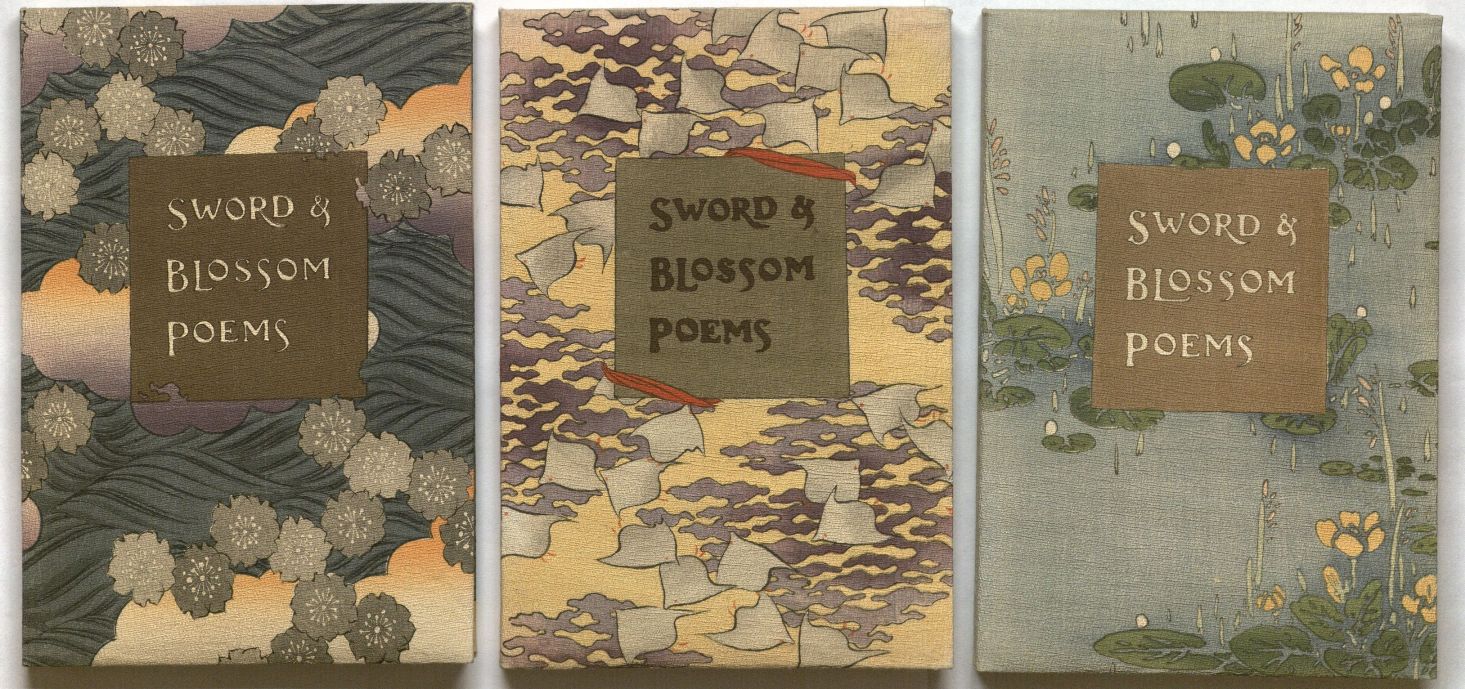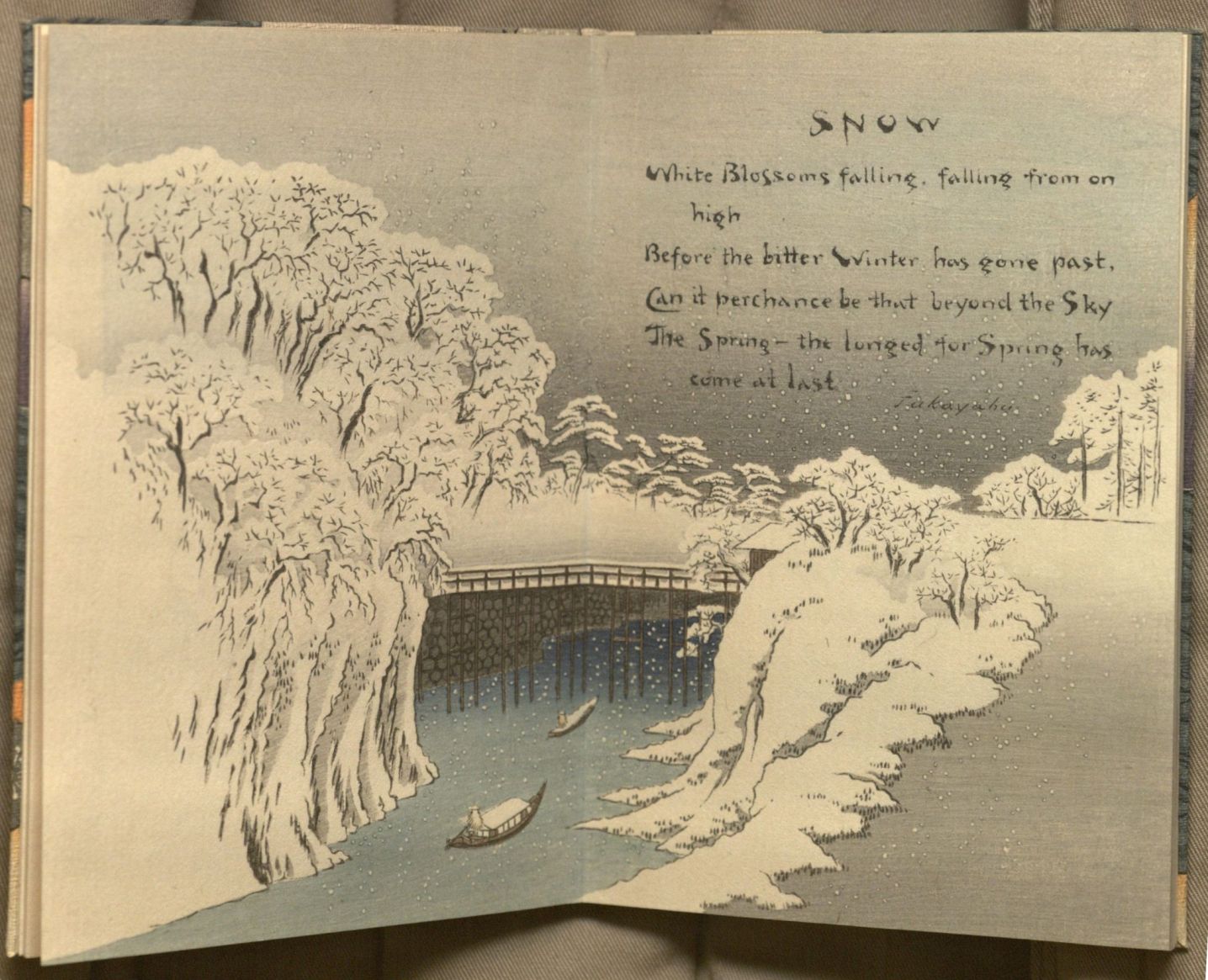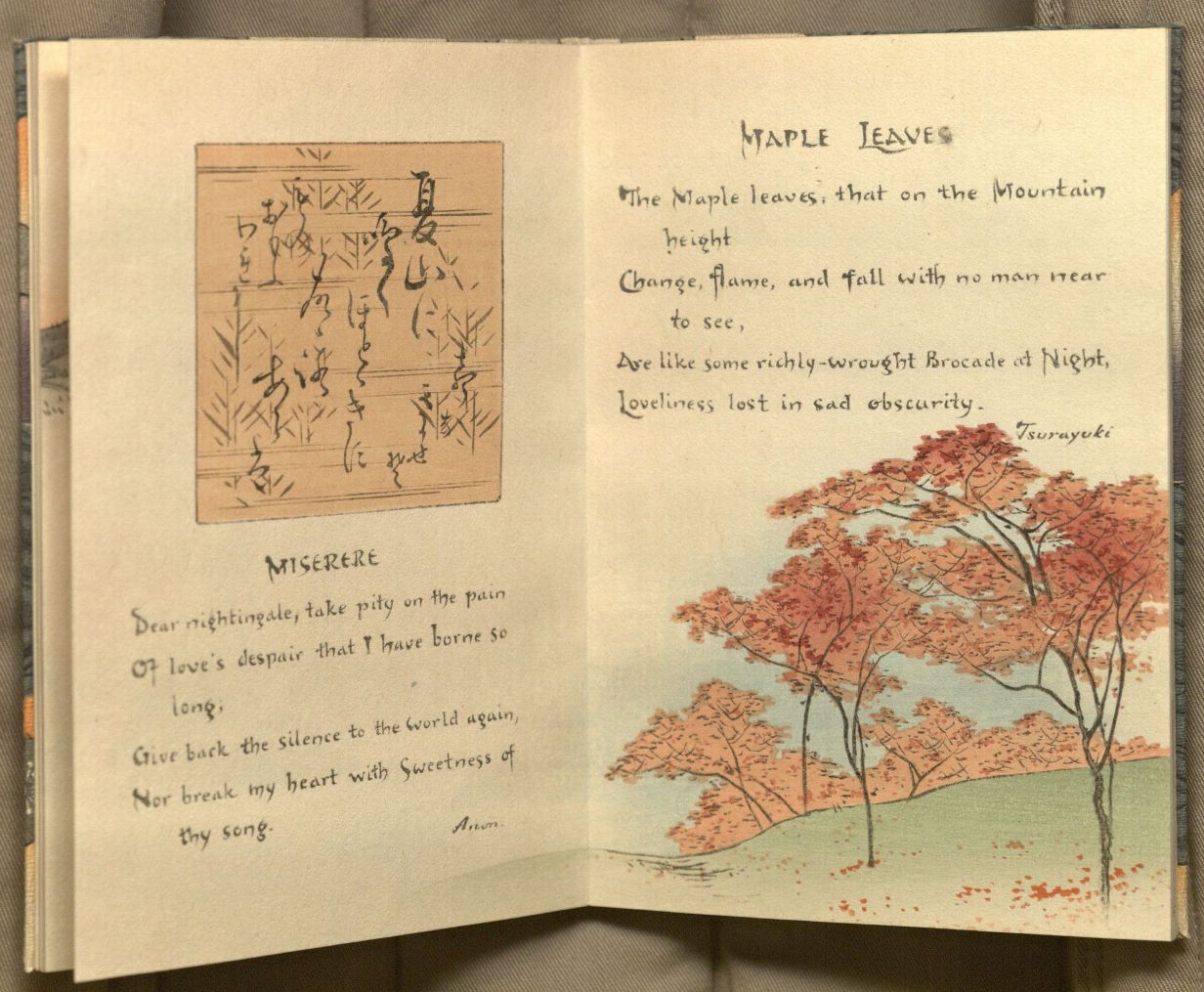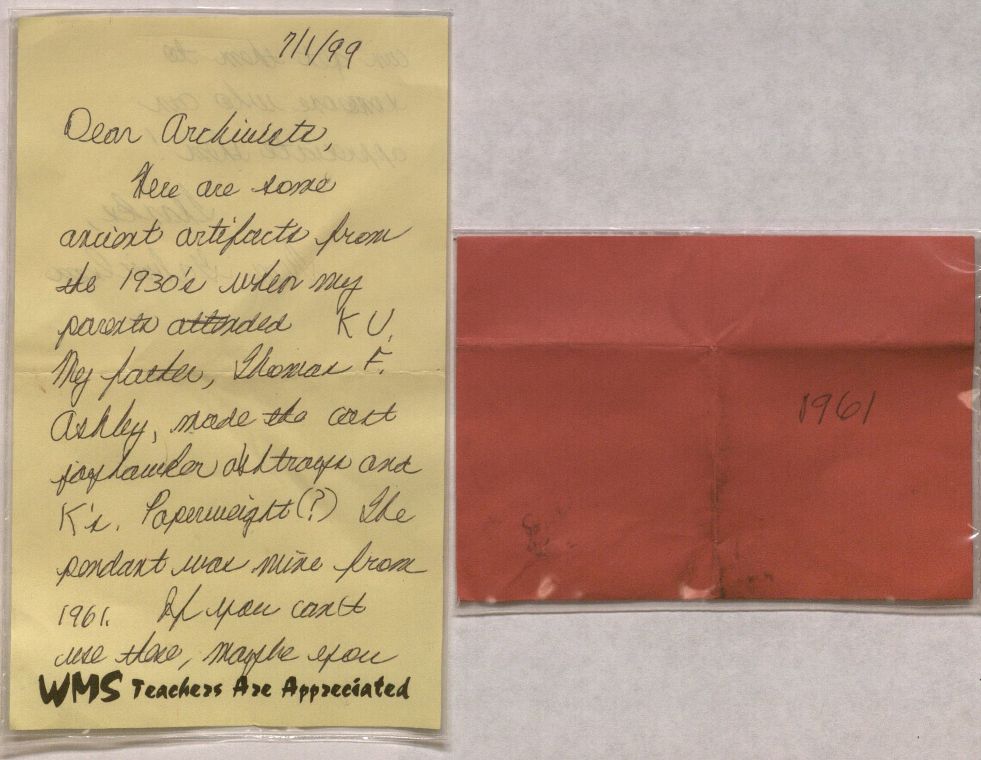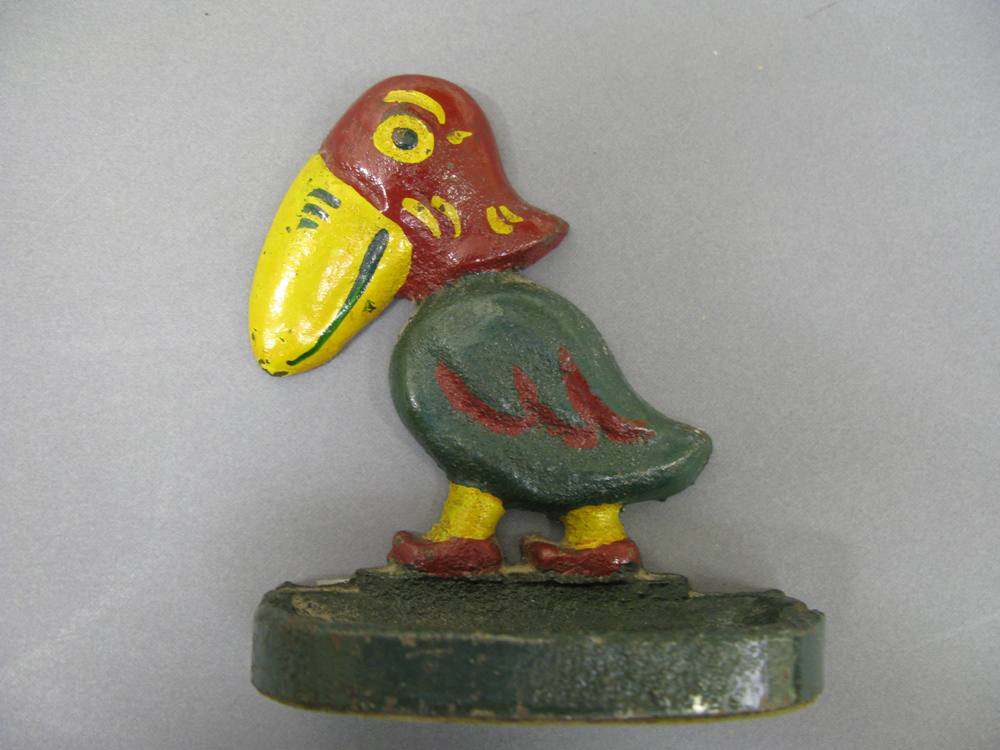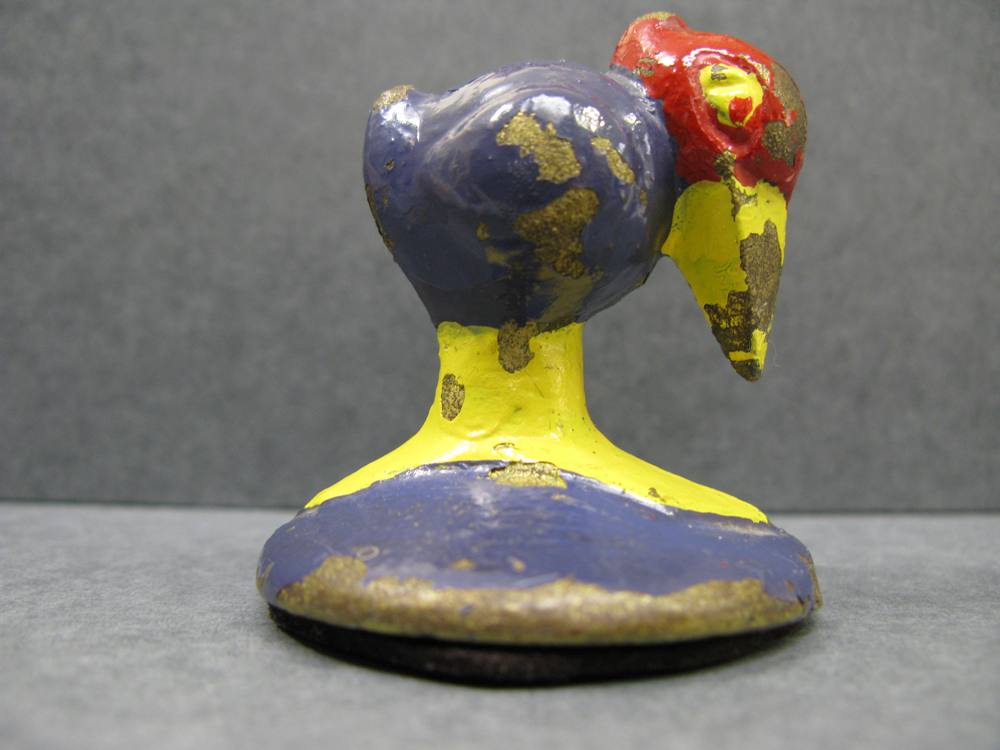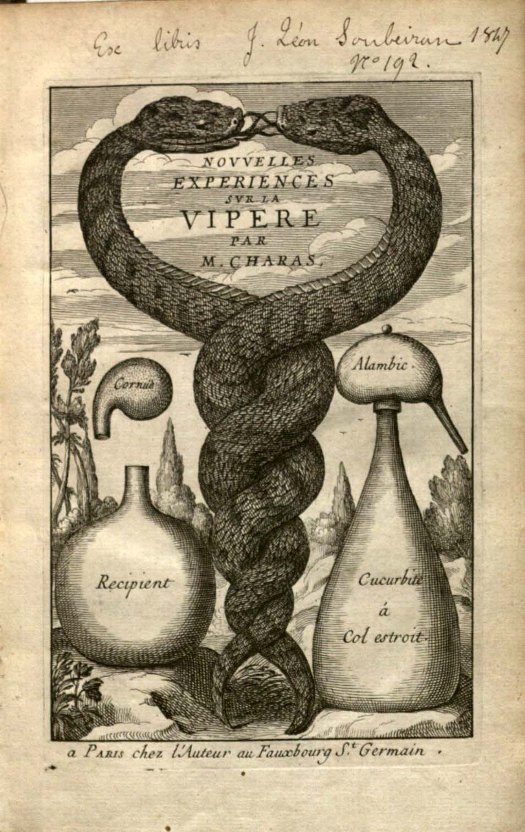One challenging thing about conducting research in a special collections library and archives is that you can’t “browse” the stacks as you might in a circulating collection. There are plenty of fortuitous discoveries to be made at Spencer, but they don’t come from your eye alighting on the volume two books down from the one that you went to the shelf to retrieve.
However, thanks to a new functionality in the KU Libraries online catalog, there is now a way to “browse” some of the Spencer Library’s collections. This exciting new functionality bears a descriptive–if technical-sounding–name: the “left-anchored call number” search (see below for a screenshot).
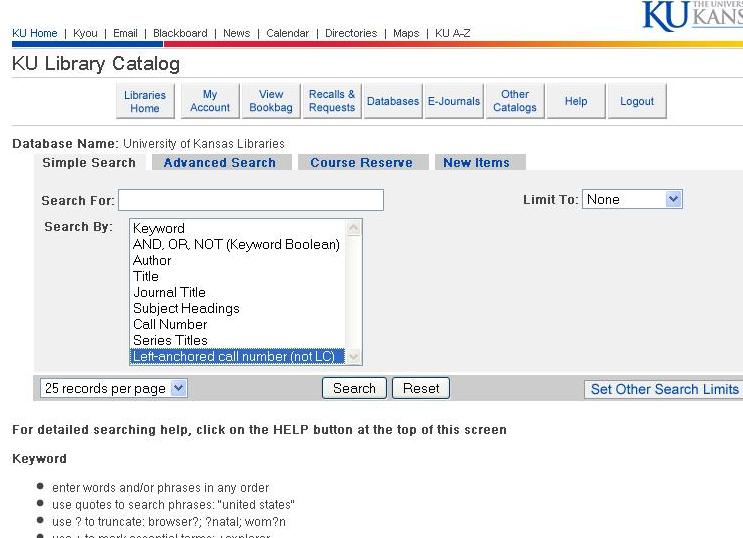
The term “left-anchored” refers to the fact that the catalog will retrieve any items whose call numbers begin with the word or series of letters that you enter into the search box. This is useful because many of the Spencer Library’s discrete collections (such as the William Butler Yeats Collection or the Wilcox Collection of Contemporary Political Movements) have distinctive call numbers that begin with a common word or series of letters. For example, all items in the named Yeats collection have call numbers that begin with “Yeats,” and all items in the Wilcox Collection have call numbers that begin with “RH WL” (or, even more specifically, the manuscripts that are in the Wilcox collection begin with the call number “RH WL MS” ). Thus, if you enter those words or series of letters and select “Left-anchored call number” from the search options, you will be able to “browse” the catalog records for the items in the collection.
You can then use the “sort results by” function (which is found at the top left of the results page) to sort the results by date (either earliest or most recent first), author, or title.
Below is an example (with screenshots) to help illustrate this process.
Imagine you are interested in browsing printed materials in the Spencer Library’s Willliam J. Griffith Collection, a collection of books, newspapers, broadsheets, and printed ephemera focusing on Guatemala (and Central America more broadly) from the late eighteenth century to the mid-twentieth century. Since all call numbers for this collection begin with the word “Griffith,” you can pull up all of the online catalog records for that collection by conducting a left-anchored call number search for that term:

Then you can sort the results by date (earliest first) to browse by date. (Note: this means that you’ll receive all of the records for undated materials first, followed by the dated materials in chronological order.)
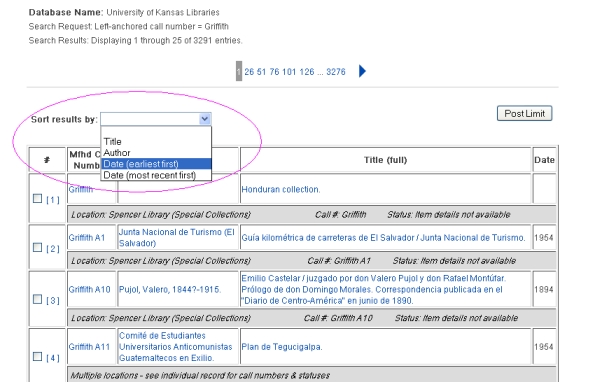
There is a second handy use for the left-anchored call number search: it allows you to look up a Spencer Library item by its call number. This can be helpful when you have jotted down a call number for an item, but you can’t remember its precise title. Simply enter the full call number in the search box (e.g. RH D213), and then select the left-anchored call number option. In no time you’ll be looking at the record for RH D213, which turns out to be In Preparation–a standard history of Kansas and Kansans, written and compiled by William E. Connelley.
The left-anchored call number search isn’t the be-all and end-all for searching Spencer’s collections. For example, it’s less helpful for working with non-discrete collections such as the general rare books collection or the general Kansas Collection holdings, and it doesn’t help you identify all of the books by a specific author or on a given subject since these may span several collections. However, it does provide you with another helpful tool for navigating the Spencer Library’s fascinating holdings.
Ready to start browsing discrete collections? Listed below are several (though by no means all) of the Spencer Library’s distinctive call numbers. To learn more about distinctive call numbers within the Kansas Collection, Special Collections, and the University Archives, please contact a staff member.
The Beginning String of Several Spencer Research Library Call Numbers
MS = Special Collections manuscript collections call numbers
RH MS = Kansas Collection manuscript collections call numbers
RH MS-P = Photographic materials in the Kansas Collection call numbers
RH Ser =Kansas Collection Serials and Periodicals call numbers
PP = Personal papers in the University Archives call numbers
RH WL= Wilcox Collection of Contemporary Political Movements call numbers [***]
Josephson = Josephson Collection call numbers (collection of leftist political literature dating primarily from the first half of the twentieth century)
RH H-J = Haldeman-Julius collection call numbers (Girard, Kansas publisher of the “Little Blue Book” series of inexpensive books on subjects such as self-improvement, philosophy, religion, politics, humor, biography, music, literature, science, and sex education)
KAC = Kansas Authors Club collection call numbers
Summerfield = Summerfield Collection of Renaissance and Early Modern Books call numbers (printed works in Continental Europe from 1455 up through 1700)
O’Hegarty = P.S. O’Hegarty Colletion call numbers (Irish politics and literature and other printed works from the library of Irish nationalist P. S. O’Hegarty) [***]
Joyce = Spoerri Collection of James Joyce call numbers
18th Century =18th century British pamphlets call numbers (covering poetry, drama, prose, politics and economics, and religion)
Ellis Aves =Ellis Ornithology collection call numbers
ASF= American Science Fiction collection call numbers
UA = Faculty publications, University of Kansas Press publications, and other publications associated with the University Archives call numbers [***]
[***] Please note that for collections that exceed 10,000 items in size (marked with three asterisks above), the left-anchored call number search will return only the first 10,000 items.
Elspeth Healey
Special Collections Librarian

